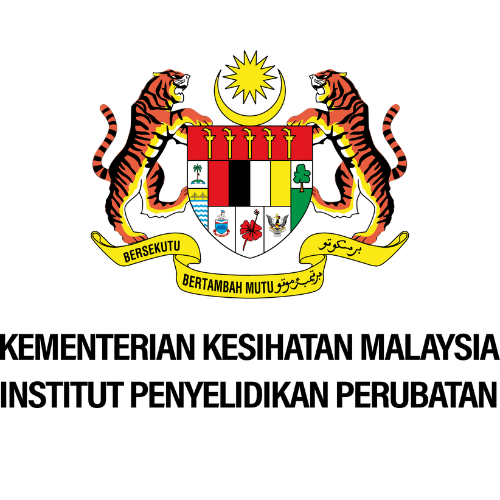Scientific Name
Ipomoea triloba L.
Synonyms
Batatas triloba (L.) Choisy, Convolvulus heterophyllus Sessé & Moc., Convolvulus trilobus (L.) Desr., Ipomoea blancoi Choisy, Ipomoea eustachiana Jacq., Ipomoea galapagensis Andersson. [1]
Vernacular Name
| Malaysia | Gegasing, kangkong bulu [2][3] |
| English | Three-lobed morning glory, aiea morning glory, littlebell, morning glory, pink convolvulus, potato vie [2][3] |
| Thailand | Yaa dok khon (North-eastern) [2][3] |
| Philippines | Aurora (Sp, Tagalog); bang-ba-ngao (Iloko); muti-muti (Cebu Bisaya) [2][3] |
| Vietnam | b[if]m bat h[uf]y [2][3] |
| Japan | Hoshi-asagao [3] |
Geographical Distributions
Ipomea triloba is a native of tropical America, now a pantropical weed, also in Malesia. [2] I. triloba occurs in grassland, thickets, hedges, waste places, savanna forests, along roadsides, and occasionally on sandy beaches, from sea-level up to 750 m altitude. It can be found flowering throughout the year. [2]Botanical Description
I. triloba is a member of the Convolvulaceae family. It is an annual herb where its stems are twining or sometimes prostrate, with a size measure about 1—3 m long, hairless or sparsely hairy. [2]
The leaves are broadly ovate to orbicular in outline, measuring about 2.5-8 cm x 2-7 cm, cordate base while the basal lobes are rounded or angular to lobed. The apex is rounded, coarsely dentate to more or less deeply 3-lobed margins, hairless or sparsely hairy. The petiole is measure about 3-10(-18) cm long and slender. [2]
The flowers are solitary or in a few-flowered cyme. The peduncle is measure 1-10 cm long and with minute bracts. The pedicel is measuring 2.5-8 mm long. The sepals are slightly unequal, with a size of measure 7-8 mm long, narrowly oblong and fimbriate margins. The petal is funnel-shaped, with a size of measure 18-20 mm long, pink or pale red-purple in colour, sometimes with darker centre, hairy filaments at the base and with hairy ovary. [2]
The capsule is slightly globular, with a size measure 5-6 mm long, shortly mucronulate and bristly hairy. There are 4 or less seeds, which are smooth and with a size of measure 3.5 mm long. [2]
Cultivation
No documentation
Chemical Constituent
No documentation
Plant Part Used
No documentation
Traditional Use
No documentation
Preclinical Data
No documentation
Clinical Data
No documentation
Poisonous Management
No documentation
Line Drawing

References
- The Plant List. Ver1.1. Ipomoea triloba L. [homepage on the Internet]. c2013 [updated 2012 Apr 18; cited 2015 June 26]. Available from: http://www.theplantlist.org/tpl1.1/record/tro-8500753
- Dibiyantoro ALH, Schmelzer GH. Ipomoea triloba L. In: van Valkenburg JLCH, Bunyapraphatsara N, editors. Plant Resources of South-East Asia No. 12(2): Medicinal and poisonous plants 2. Leiden, Netherlands: Backhuys Publisher, 2001; p. 320
- Quattrocchi U. CRC world dictionary of plant names: Common names, scientific names, eponyms, synonyms, and etymology. Volume III E-L. Boca Raton, Florida: CRC Press; 2012. p. 593-594.



